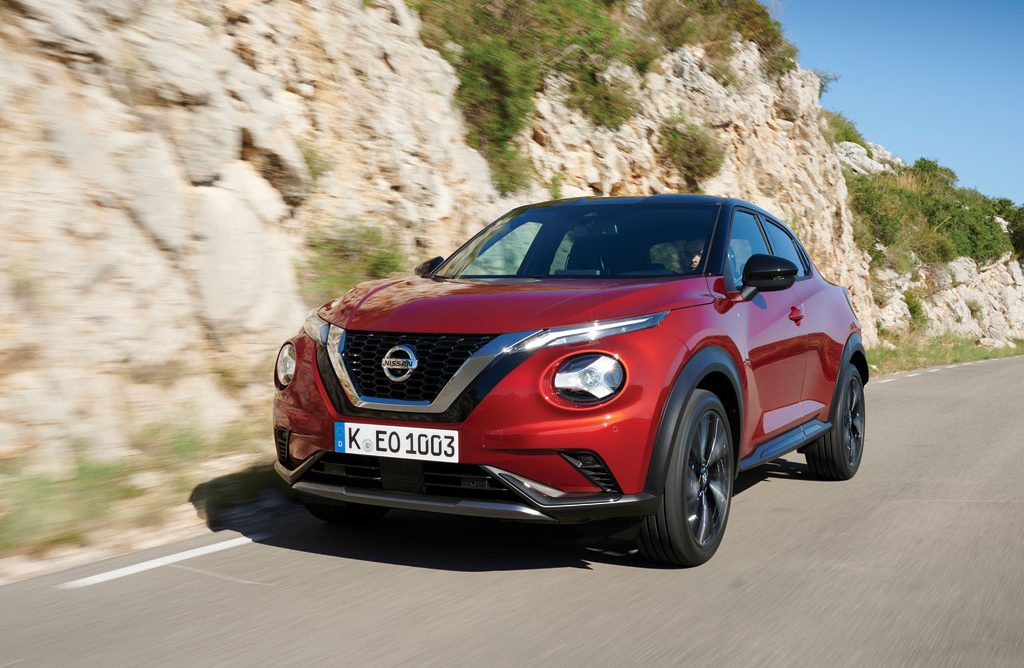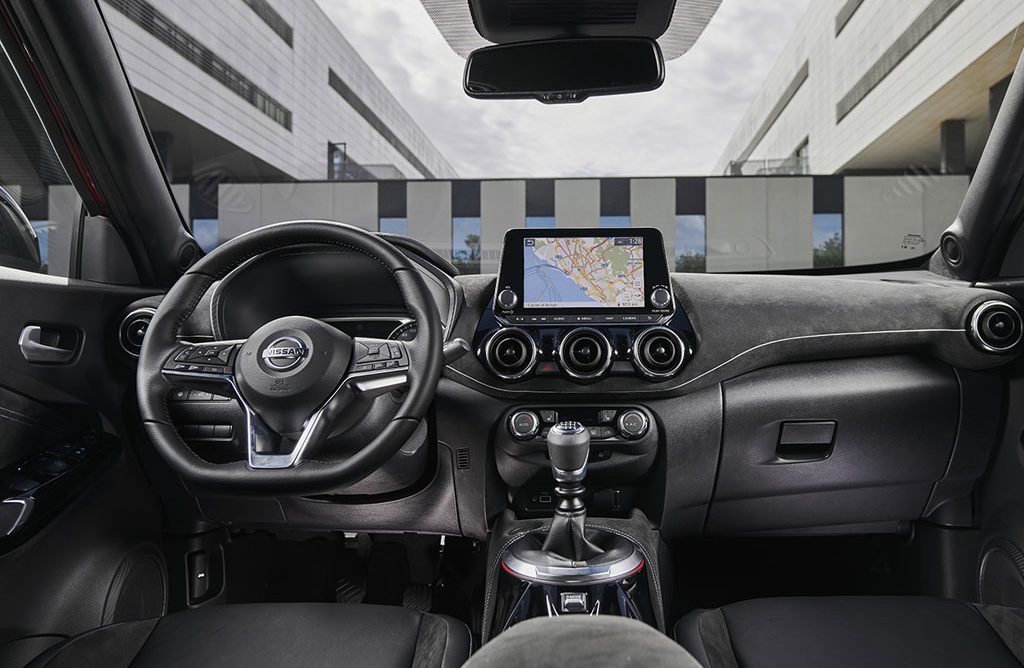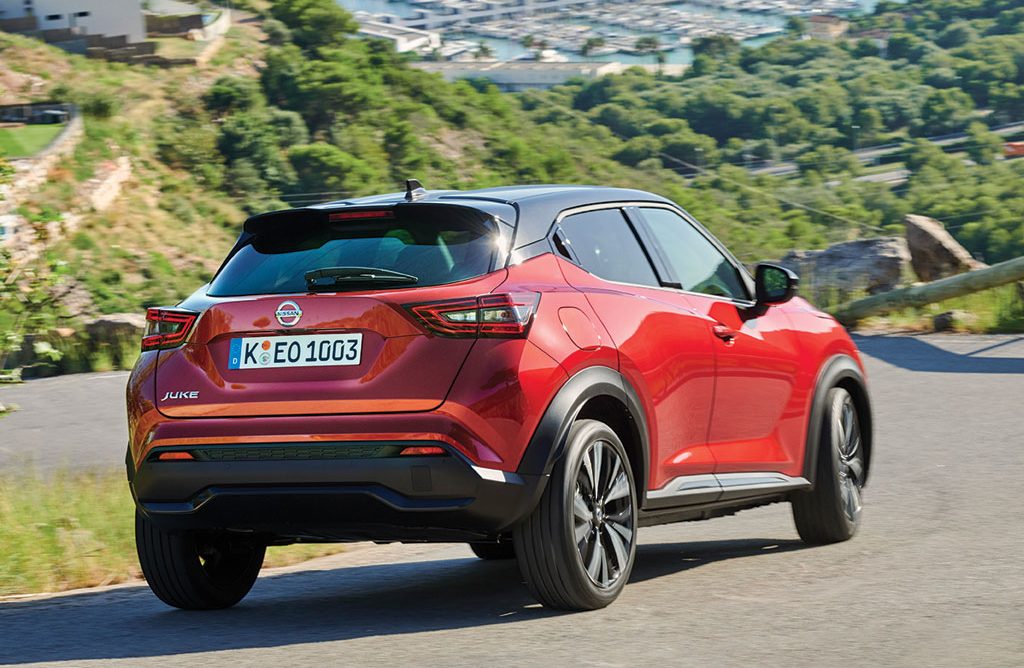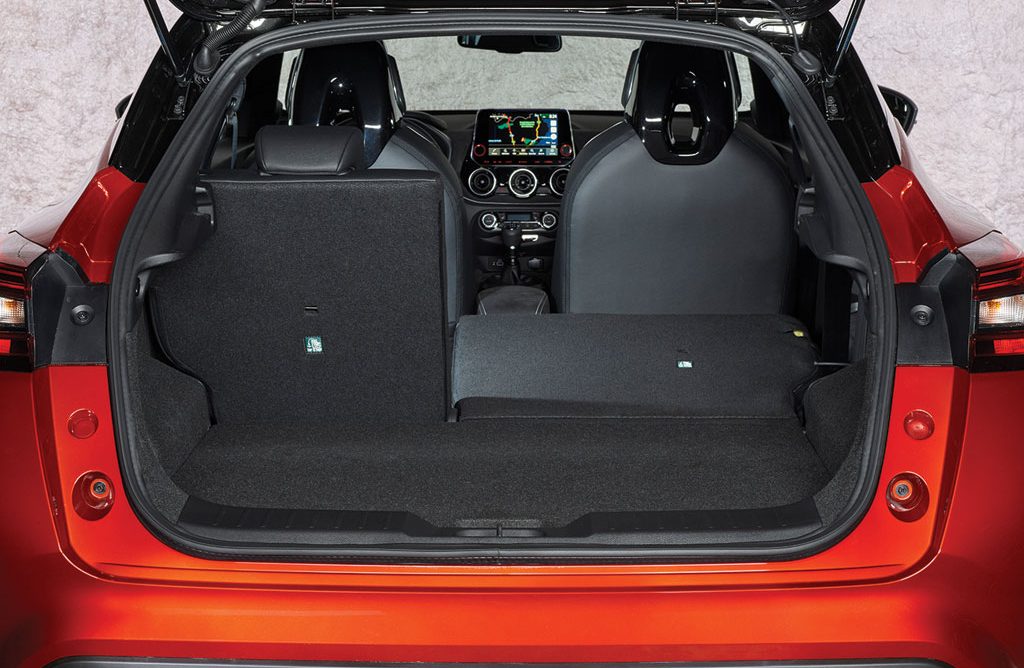First Drive: Nissan Juke
Now much less divisive, the new Juke gets right what its predecessor didn’t, finds Jonathan Musk.
Sector B-crossover Price €18,990-€29,180 Fuel 6.4-5.9l/100km* CO2 110-118g/km**
It’s been nine years since the first Juke broke mirrors in Europe, with its brave styling and unusual B-segment sizing. Yet with more than one million sold, it has managed to silence all its critics.
However, back in 2010 there were only a couple of competitors whereas today there are around 20 competing vehicles, each wanting a slice of the ‘crossover’ pie.
As one of the original trend setters then, the new Juke has a lot to live up to, but Nissan reckons it can deliver, with an expected 100,000 European sales in its first year. Design is key to success, says the brand, with 52% of respondents to a customer survey prioritising “distinctive” design over everything else.
So the new Juke needed to cover the design bases and it certainly manages this. While the old model might have won favour with its awkward design, that aspect equally put off just as many potential purchasers; the new car addresses this successfully with a blend of elements taken from the likes of the Micra and Leaf to produce something that looks muscular and fashionable on the road.
The previous interior wasn’t exactly the best appointed, whereas the new car has some truly stylish design and it’s altogether more coherent with ample use of soft-touch materials.
Based on the same CMF-B platform as the Renault Captur, the Juke also adopts new interior dimensions, which see rear legroom grow by 58mm putting it amongst the best in class, while its boot is spacious at 422 litres. The platform has also managed to reduce the car’s overall weight by 23kg despite its larger external size too.
The result is a crossover that’s more frugal than before, although fleets will be disappointed to learn that the diesel model has been culled altogether, leaving the only option a 1.0-litre three-cylinder petrol turbo that puts out 117hp. It’s worth noting that despite a 30% improvement in CO2 over the outgoing car, emissions will rise to 135g/km once WLTP kicks in next year.
The engine manages to pull the car well enough though, and it’s faster than before but it isn’t going to win any races, with 0-100km/h taking 10.4 seconds.
Nissan has installed a variety of tech to make this its most connected car yet, car yet, including a new infotainment system, Apple and Android compatibility and an optional in-built 4G SIM card to allow for Google-command integration, for example. It’s also packed with the latest safety features, including AEB (Autonomous Emergency Braking) as standard, traffic sign recognition, lane keep assist, high beam assist, and blind spot notification – a first for Nissan in Europe.
Thankfully, the combination of all the above makes this a great little stylish car to drive. Although the ride is a touch firm, it has retained its fun-to-drive appeal with sportier steering and driving modes that actually work. The DCT option works surprisingly well too and comes with paddle-shift as standard, although in practice it couldn’t meet the manual’s economy.
The Verdict
The new Juke is vastly improved in every way, but with only one engine from launch there are more versatile options out there thanks to ample competition.
The Lowdown
Key Fleet Model: Nissan Juke Acenta DIG-T 117 manual.
Strengths: Cabin, equipment, fun drive.
Weaknesses: Firm ride, some iffy materials.
Fleet World rating
4/5





